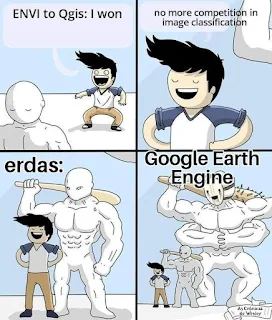In remote sensing, a platform is the physical structure or vehicle that carries a sensor (camera, scanner, radar, etc.) to observe and collect information about the Earth's surface. Platforms are classified mainly by their altitude and mobility : Ground-Based Platforms Definition : Sensors mounted on the Earth's surface or very close to it. Examples : Tripods, towers, ground vehicles, handheld instruments. Applications : Calibration and validation of satellite data Detailed local studies (e.g., soil properties, vegetation health, air quality) Strength : High spatial detail but limited coverage. Airborne Platforms Definition : Sensors carried by aircraft, balloons, or drones (UAVs). Altitude : A few hundred meters to ~20 km. Examples : Airplanes with multispectral scanners UAVs with high-resolution cameras or LiDAR High-altitude balloons (stratospheric platforms) Applications : Local-to-regional mapping ...
Focused on advancing knowledge and expertise in Geography, GIS, Remote Sensing, Geographical Data Science, and Analysis, I am deeply committed to teaching and conducting research in these fields. With a keen interest in leveraging data-driven approaches for informed decision-making, I specialize in crafting maps that facilitate effective analysis and interpretation of spatial information. Assistant Professor Of Geography, PG and Research Department of Geography, Government College Chittur

Comments
Post a Comment